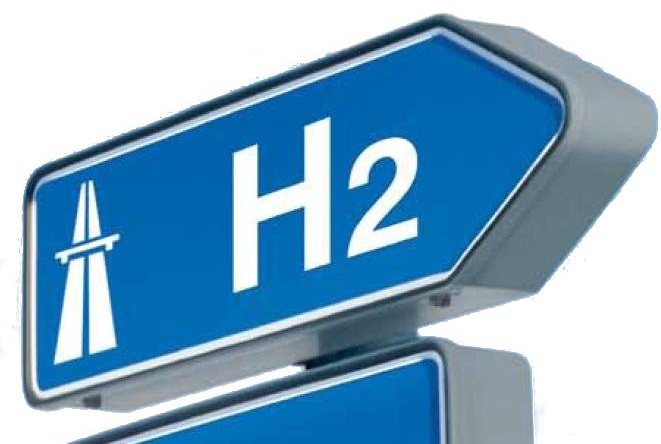Here are the network obstacles to the development of hydrogen. Report

Electrification and renewable hydrogen are not considered to be competing with each other. For 80% of the interviewees, the two systems will work in synergy. What emerges from the DNV report
Lack of investment in infrastructure and costs are the main obstacles to the expansion of the hydrogen economy. This is underlined by a report by the DNV risk management and verification company entitled “Facing the challenge of a hydrogen economy”.
THE REUSE OF ESSENTIAL INFRASTRUCTURE FOR THE DEVELOPMENT OF HYDROGEN
The vast majority of energy professionals surveyed by DNV said that re-use of existing infrastructure could be essential for the development of a large-scale low-carbon, renewable hydrogen economy. The report also stressed that renewable, low-carbon hydrogen could be key to meeting global climate goals.
TO ENABLE THE ROUTES OF FUNDAMENTAL DECARBONIZATION HYDROGEN
"To achieve the objectives of the Paris Agreement, the world must move faster to a deeply decarbonised energy system – said DNV Energy Systems CEO Ditlev Engel in a statement -. In addition to the gains in energy efficiency, this will require increased renewable energy production and electrification, and the downsizing of technologies to remove carbon from fossil fuels. Hydrogen will be needed to connect and enable these paths ”.
LIMITS AND BARRIERS TO DISSEMINATION OF THE VECTOR ARE UNDERESTIMATED
Nearly three-quarters of respondents said current hydrogen ambitions "tend to underestimate practical limitations and barriers," said DNV, although nearly half of energy professionals said most national and organizational targets are to be considered realistic.
The report found that for those who are not currently invested or involved in the industry, the lack of infrastructure is the main reason to focus elsewhere.
GAS NETWORKS AND SOLID REGULATORY FRAMEWORK THE PLUGS FOR INVESTMENTS
A new infrastructure would be needed for the launch of green hydrogen, produced by the electrolysis of water powered by renewable sources, although lessons could be learned from the rapid increase in the capacity of renewables in recent years, particularly in Europe, explains the reports adding that the vast majority of respondents think it would be necessary to reuse gas grids to develop blue hydrogen , produced from natural gas through carbon capture and storage.
In addition to this solution, DNV has identified the other fundamental element in guiding investments in hydrogen in a solid regulatory framework and clear policies.
CARRIER WILL REPRESENT MORE THAN 10% OF REVENUES BY 2025
Nearly half of the companies surveyed with investments in hydrogen said the energy carrier will account for more than 10% of their revenues by 2025, whereas it currently represents only 1% of revenue for nearly half of the companies surveyed.
EXPECTED A DRASTIC INCREASE IN DEMAND
The vast majority of energy companies have entered the hydrogen business in the past five years alone, with more than half having been involved in the past three years alone, DNV points out.
Likewise, demand is projected to increase dramatically over the next few years, with a third of hydrogen consumers expecting the carrier to account for a tenth of energy and raw material spending by 2025, alone 9% of current companies. .
NO COMPETITION BETWEEN ELECTRIFICATION AND PRODUCTION
In contrast, competition between direct electrification and renewable hydrogen production was not considered an issue by most respondents, with 80% saying the two systems will work in synergy, helping both to grow.
This is a machine translation from Italian language of a post published on Start Magazine at the URL https://www.startmag.it/energia/ecco-gli-ostacoli-di-rete-allo-sviluppo-dellidrogeno-report/ on Mon, 05 Jul 2021 06:40:16 +0000.
